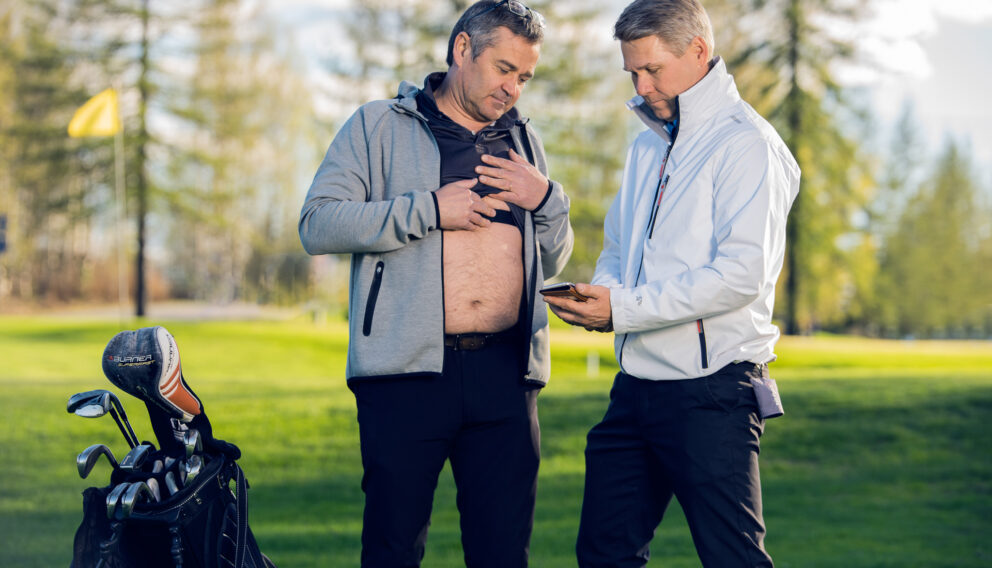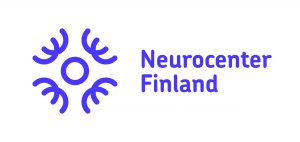From idea to innovation – it is a marathon, not a sprint | AiVoni Service

The AiVoni Service consists of a sensor solution implemented in cooperation with Suunto, the AiVoni mobile application, and a cloud service, wherein algorithms based on artificial intelligence automatically detect arrhythmias.
Seven years ago, the moment of a fatal heart attack in a patient’s living room led Helena Jäntti, an emergency care physician, toward the path of innovation. Following research and development work, Jäntti and the team decided that instead of recognizing cardiac arrest, greater benefits could be achieved by identifying arrhythmias in living people.
Already, measurements of various vital signs are being done at home by patients. For example, Jäntti cites blood pressure measurement, which was previously performed by nurses specialized in measuring blood pressure in health care centers. Today, blood pressure monitors are everyday home appliances.
The idea of a medical device that would allow the consumer to detect atrial fibrillation in their heart and thus seek treatment in a timely fashion is, at the time of writing, almost a commercialized product. “We are waiting for the official license to sell within the next few weeks,” says Helena Jäntti.
The quicksands of failure and success
The path to innovation for a medical device is certainly not straight. For each step and component, Jäntti says, it is crucial to include key players in the entire process. “When you want to commercialize an idea, you need people around you who have done it before,” Jäntti emphasizes. She also emphasizes the importance of approaching the stakeholders with the right kind of messaging, especially those involved in the development, such as nursing staff, researchers, and investors. “At first, it is not easy to convince everyone else of the world that you see as possible. You have to learn how to communicate your idea so that it is interesting to different target groups,” Jäntti recalls.
Investor negotiations felt like the most challenging phase, after which the other stages of the product development process seem to flow smoothly, with the help of the right people and some amount of luck! Although progress over time often seemed challenging, Jäntti and the team felt strongly that there was no other option but to continue product development. “We kept going because we did not want to regret anything—that we had not dared to go from dreams to a concrete product,” Jäntti describes the team’s feelings at various stages of the product development process.
“At first, it is not easy to convince everyone else of the world that you see as possible. You have to learn how to communicate your idea so that it is interesting to different target groups.”
Users are at the heart of everything
Heart2Save’s product is called the AiVoni Service, and it has now been certified as a medical device (CE 0537 / Class 2a), which means that the AiVoni Analysis Service has gone through the same process as devices that are used in hospitals, which ensures product quality and patient safety.
The AiVoni Service consists of a sensor solution implemented in cooperation with Suunto, the AiVoni mobile application, and a cloud service, wherein algorithms based on artificial intelligence automatically detect arrhythmias. After the initial measurement, the user receives information about possible arrhythmias in a few seconds. “We have spent a lot of time testing for user experience and making the product as user-friendly as possible,” says Jäntti. In addition to atrial fibrillation, the AiVoni Service recognizes extrasystoles and high and low resting heart rates.
Recognition of atrial fibrillation is important because if unrecognized and untreated, it can lead to stroke or even death. The primary target group for the AiVoni device include individuals who are at a higher risk for atrial fibrillation and cardiac issues due to a pre-existing disease. According to Jäntti, the device is also suitable as a tool for health care professionals, for example, in screening tests at health clinics or in homecare.
—
Visit www.heart2save.com for more information.
